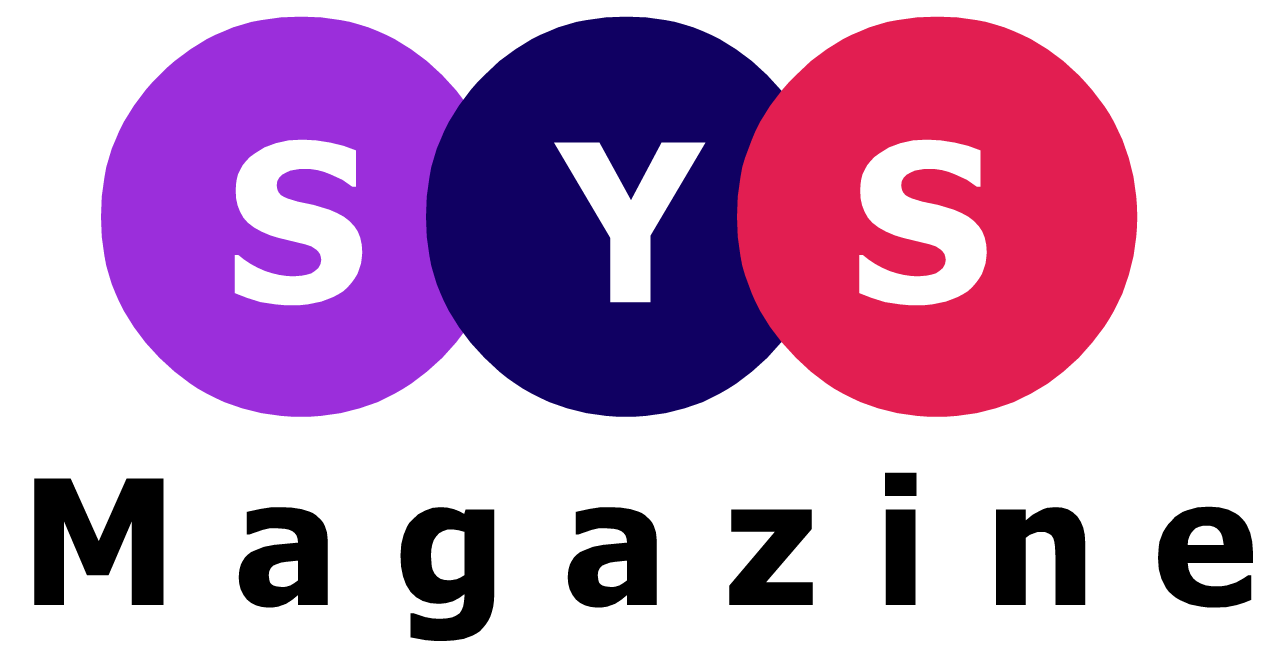From the labyrinthine corridors of innovation to the hushed boardrooms of disruptors, one term has crept into whispers: price charalabush. At first glance, it reads like a cryptic code name—part eccentric aristocrat, part avant-garde algorithm. Yet behind the enticing syllables lies a concept reshaping how value itself is measured, negotiated, and ultimately, experienced. Welcome to a deep dive into the phenomenon of price charalabush, where economics meets artistry, and cost becomes catalogued with soul.
Origins and Mythos: Discovering Price Charalabush
Legends rarely emerge fully formed. The tale of price charalabush begins in the cafés of Copenhagen, where renegade economists sketched radical pricing models on napkins. Fueled by single-origin espresso and existential debate, they envisioned a framework that blurred supply-and-demand curves with psychological nuance. The original “Charalabush Protocol” was whispered about in academic circles—an amorphous blend of tiered value, emotional resonance, and dynamic feedback loops.
But the ascension of price charalabush as a practical tool owes its rise to a Berlin startup named Chrysanthemum Labs. Their inaugural white paper, “Valuation in the Age of Attention,” argued that traditional dollar-per-unit metrics failed to capture intangibles: brand mystique, narrative power, social currency. Thus, they devised a composite index—price charalabush—that fused transactional data with sentiment analytics, community engagement scores, and an ever-shifting calibration of demand anticipation.
Today, price charalabush sits at the nexus of design, marketing, and finance—a shimmering icon of twenty-first-century valuation.
The Anatomy of Price Charalabush
What makes price charalabush tick? At its core, the model deconstructs “price” into four interlocking pillars:
-
Tangible Cost: The hard numbers—materials, labor, logistics. This raw entry point anchors the metric in reality, ensuring the system remains grounded in measurable expense.
-
Emotional Quotient (EQ): How does a product or service make people feel? The EQ factor aggregates social media sentiment, user testimonials, and even neuromarketing experiments to quantify mood-based value.
-
Narrative Weight: Each brand story carries an emotional heft. The narrative weight scores storytelling potency across channels—video views, article depth, influencer resonance—to score how much the tale itself contributes to perceived worth.
-
Future Clout Index: A speculative forecast, this element leans on machine learning to anticipate shifts in cultural trends, market disruptions, and consumer behavior. It’s the crystal ball of price charalabush, guiding strategic pricing into tomorrow.
Only when these pillars converge does price charalabush emerge: a single figure that transcends ledger lines to become a living, breathing valuation.
Price Charalabush in Practice: Case Studies
Consider the launch of Aria Cosmetics’ new candle line. Traditional pricing would rely on production costs plus margin. Enter price charalabush:
-
Tangible Cost: $4.50 per unit
-
Emotional Quotient: High—social buzz around the eco-friendly formula scored 8.7/10
-
Narrative Weight: Moderate—the founder’s story fetched 300,000 video views, translating to a 6.5/10
-
Future Clout Index: Strong—predictions show a 12% surge in wellness spending next quarter
These metrics combined set an optimal retail price of $18.75—17% above the traditional markup, justified by emotional resonance and trend alignment. The result? Sold-out pre-orders within 48 hours and a price premium customers embraced as fair.
Similarly, a boutique software-as-a-service firm applied price charalabush to tiered subscriptions. By mapping user engagement depth and the narrative journey of onboarding, they identified “gold” users willing to pay 25% more for storytelling-driven tutorial modules. Revenue spiked without churning their base—proof that price charalabush isn’t just theory, but a revenue engine.
Measuring the Impact: Metrics Beyond Margins
Critics might ask: can we really trust a pricing model so steeped in sentiment and speculation? The empirical answer comes from cross-industry pilots:
-
Consumer Electronics: A headphone brand saw a 9% lift in average order value when applying price charalabush, as customers perceived added story-driven value around premium audio experiences.
-
Hospitality: A boutique hotel chain recalibrated room rates using emotional-scape surveys and predictive occupancy modeling, booking 14% more stays at peak times without discounting.
-
Publishing: An indie magazine introduced tiered subscriptions, coupling narrative weight scores with exclusive behind-the-scenes content. They witnessed a 22% increase in subscription renewals.
In each scenario, price charalabush catalyzed healthier margins and deeper customer loyalty—metrics that resonate far beyond quarterly earnings calls.
Challenges and Critiques: Navigating Complexity
No innovation arrives unchallenged. Skeptics cite concerns:
-
Data Overload: Synthesizing sentiment streams and real-time predictive signals demands robust infrastructure. Small enterprises may balk at the setup costs needed for live price charalabush dashboards.
-
Subjectivity Risks: Emotional and narrative metrics can veer into the realm of art more than science. How do you guard against manipulation? The answer lies in transparent algorithms and third-party audits—ensuring that EQ scores aren’t simply inflated social media buys.
-
Cultural Calibration: Price charalabush models built in Copenhagen or Berlin may misfire in Tokyo or São Paulo without local tuning. Standardizing across geographies requires linguistic nuance and region-specific data pipelines.
Yet, the counterargument is potent: every paradigm shift encounters friction. Those who master price charalabush’s complexity stand to eclipse competitors still anchored in stale cost-plus thinking.
The Future of Price Charalabush
What lies ahead for this alchemy of cost, emotion, narrative, and foresight? Three trajectories beg attention:
-
Democratization of Tools: As open-source analytics and AI platforms proliferate, even niche artisans can plug into price charalabush frameworks, leveling the playing field.
-
Augmented Reality Integration: Imagine scanning a product label with your smartphone to see live price charalabush breakdowns—tangible cost, EQ insights, narrative origins, trend forecasts—all curated in real time.
-
Regulatory Oversight: With subjectivity baked in, regulators may demand transparency mandates: “Explain your price charalabush calculation.” This could spur a wave of “pricing passports,” where brands publish methodology alongside price tags.
One thing is certain: as consumer expectations evolve, so too must the metrics that inform value. Price charalabush stands not as a static formula, but a living protocol—one that thrives on constant iteration.
Conclusion: Why Price Charalabush Matters
In a world awash with choices, price alone no longer persuades. The modern consumer craves meaning: the story behind the shoe, the values infused in the service, the promise whispered by the brand. Price charalabush answers that yearning by weaving cost structures with emotional and narrative power, forecasting tomorrow’s desires into today’s tag.
For marketers, entrepreneurs, and strategists, mastering price charalabush is no longer an optional edge—it’s the language of value in the attention economy. Those who speak it fluently will find themselves setting the pace, defining premium, and commanding margins once thought impossible.
So, as you ponder your next pricing strategy, ask yourself: what does your price charalabush say about you? Because in this new era, price is more than numbers on a tag—it’s an invitation to a story, a shared journey, and the ultimate proof of worth.






